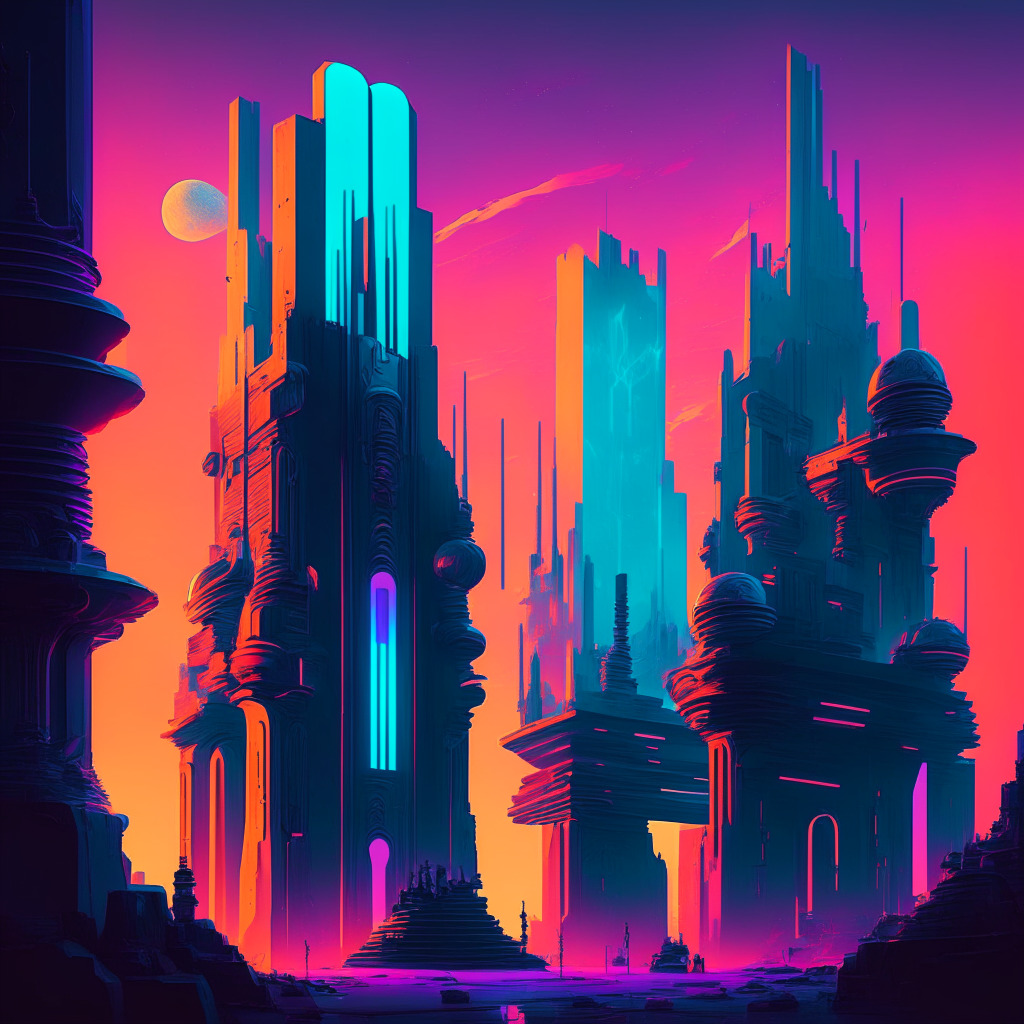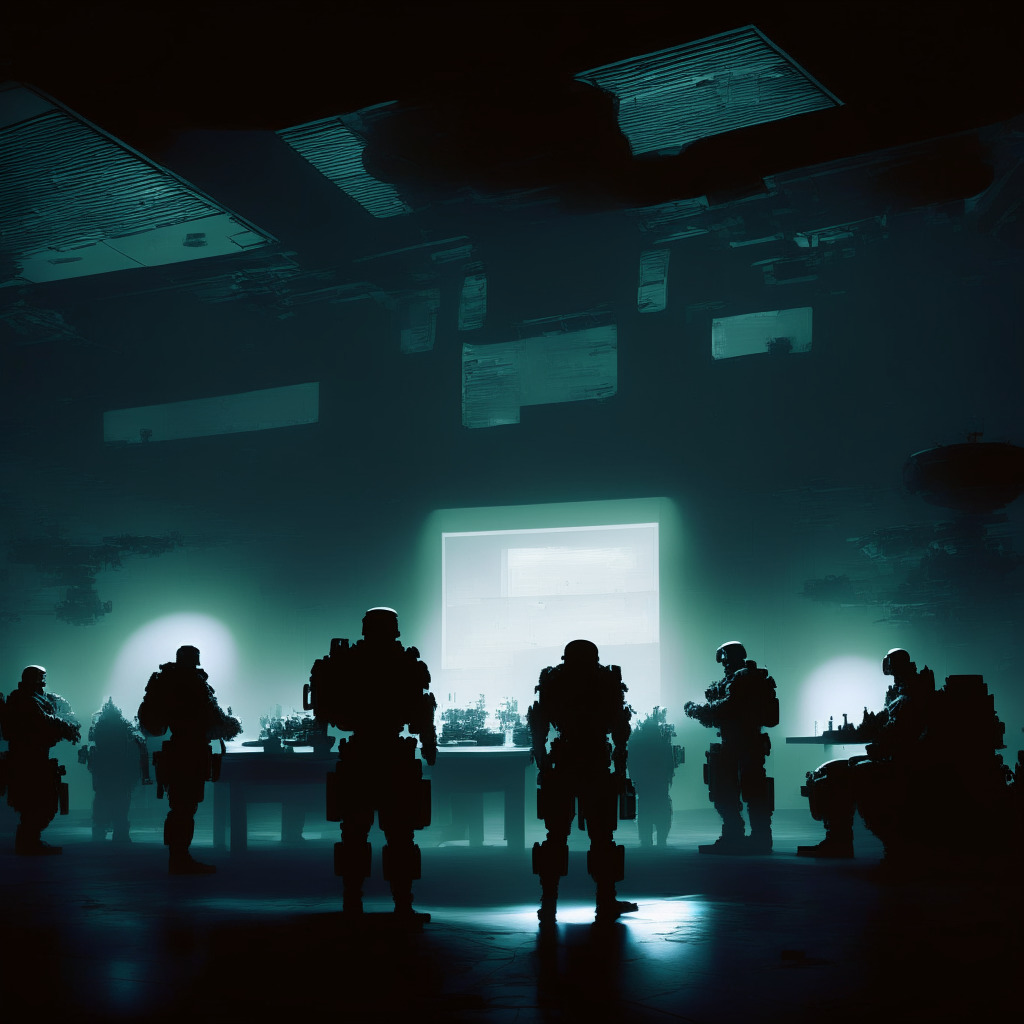The eagerly awaited “Krapopolis,” a beguiling proposition from Dan Harmon, the luminary behind “Rick and Morty,” is slated to premier in the fall, stirring conversations around television shows and blockchain technology. A daring venture making headlines as the first blockchain-based series from FOX’s Web3 entertainment division, Blockchain Creative Labs, “Krapopolis” seeks to burst traditional Hollywood paradigms, caricaturing a quirky ancient family, part-human, part-god, and part-monster.
“Krapopolis” sees an assembly of prominent voice actors and saucy interactivity with fans via Krapopolis Krap Chicken non-fungible tokens (NFTs). Being an NFT holder translates to more than just ownership. It implies a slice in the decision-making process as fans can cast votes on key show elements. Moreover, they unlock unique token-only content, get to partake in gamified events, and even gain access to cast meet-ups. The NFTs cost 0.18 ETH, amounting to approximately $336 to mint.
But does the daring blend of NFTs and TV entertainment guarantee success?
Investors’ interest in Krap Chicken NFTs has cooled since the initial minting in August 2022, mirroring a wider downturn in the NFT market. According to stats from the NFT marketplace OpenSea, the collection’s current trading price sits below its minting price at 0.0824 ETH (~$154), even though it managed to accumulate over 512 ETH in secondary sales.
However, this drop in price isn’t dampening the spirits in the television industry. Despite fluctuating prices and overall market uncertainty, infusing blockchain technology into television production is a growing trend. April saw Web3 entertainment firm Toonstar introduce “Napoleon Dynamite” star Jon Heder in the “Space Junk” series, another bold attempt to fuse NFTs with fan engagement.
There’s a sense of ambiguity around the future of blockchain-centered shows, and while some might lean toward skepticism, others remain optimistic about this nascent domain. Technologies like blockchain and NFTs could potentially redefine fan engagement and content creation, pushing the boundaries of conventional production schemas.
There are no clear-cut answers yet, though the stimulating journey of “Krapopolis” might shed some crucial light. As the first show of its kind, it has the arduous task of navigating uncharted territory, eliciting both excitement and apprehension from the audience and the industry alike. With the release only weeks away, both proponents and critics will have their eyes anxiously fixed on its forthcoming journey into the unknown.
Source: Coindesk




